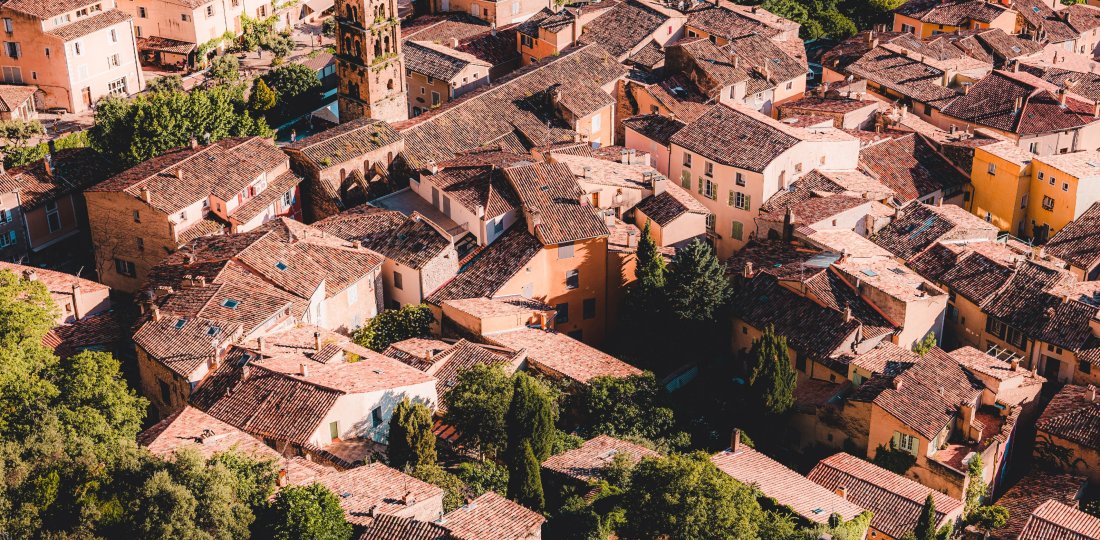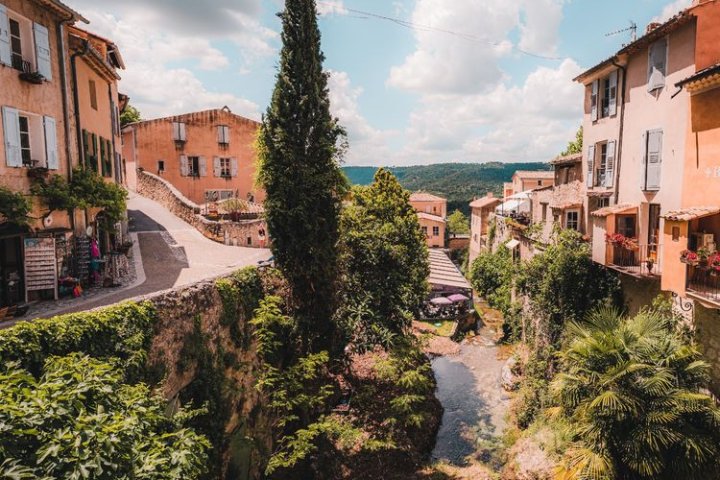As early as 30 000 BC, humans roamed the plains and sought shelter in the caves above Moustiers as the hunting scenes discovered on the Ségriès Plateau attests.
In the Bronze Age, ligure tribes occupied the plateaus and built fortified settlements called « oppida ».
Much later in the 5th century, monks from the abbey de Lerins settled in travertine caves and founded a monastery – hence the name « Moustiers ». The history of the village is closely linked to the monastic communities that often had to endure invasions and pillages.
A place of pilgrimage
The chapel of Notre Dame de Beauvoir, built on the same spot as a Marial temple already present in 470, indicates the persistent sacred character of the village. It became an important pilgrimage site over the centuries.
A development according to the ups and downs of history
The Moor invasions of the Xth and XIth centuries caused the residents of the region to hide in the caves for protection. But it is in the XIIth and XIIIth centuries that fortifications and houses are erected, while mills are built on the Adou stream.
With the development of industries powered by hydraulic energy in the XVIth century (tanning, paper mills etc.) the village truly starts to bloom. But in the early XVIIth century severe weather destroys the infrastructures and the village again loses a large part of its population.
From the end of 17th century and up to the 19th century, the art of ceramics flourished. In 1927, Marcel Provence restores the village oven and revives the ceramics industry.
Today, Moustiers has some 700 inhabitants. The core of its economy is based on tourism and its traditional ceramics industry.
Want to know more about our village? Our guide speakers will enlighten you during a guided tour :








